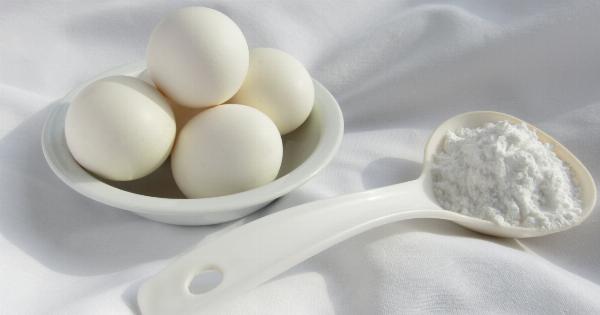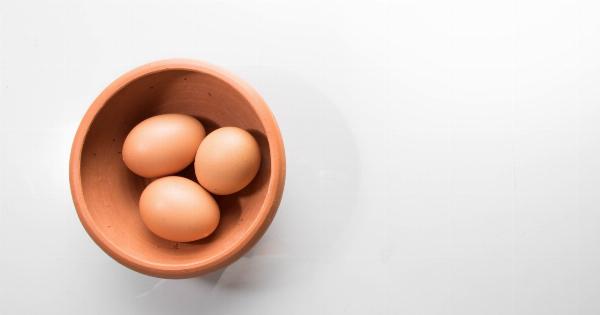When it comes to eggs, freshness is key. Whether you’re cooking up a delicious omelette or baking a batch of cookies, you want to ensure that your eggs are not spoiled.
But how can you tell if an egg is still good or if it’s gone bad? In this article, we will discuss some simple methods to check the freshness of your eggs.
1. The Float Test
The float test is a classic method to check if an egg is fresh. Fill a bowl with cold water and gently place the egg in it. If the egg sinks to the bottom and lies flat on its side, it is fresh and good to use.
On the other hand, if the egg floats to the surface or stands upright, it is no longer fresh and should be discarded.
2. The Shake Test
Another simple way to determine egg freshness is by giving it a gentle shake. Hold the egg close to your ear and shake it. If you don’t hear any sound, the egg is in good condition.
However, if you hear a sloshing sound or any movement inside, it indicates that the egg has likely gone bad.
3. The Candle Test
The candle test is a traditional method used by egg farmers to assess egg freshness. Hold a bright light source, like a flashlight, against the egg in a dark room. Look for any signs of shadow or movement inside the egg.
If the contents appear clear and the yolk and albumen are well-formed, the egg is fresh. However, if you notice any dark spots, blood rings, or strange shapes, the egg is not fresh and should be discarded.
4. The Smell Test
While it may not be the most pleasant method, the smell test can reveal if an egg is spoiled. Simply crack the egg open and take a whiff. A fresh egg will have a mild, neutral odor.
If you detect any foul or sulfuric smell, it’s a clear sign that the egg has spoiled.
5. The Visual Inspection
Examining the shell can provide some insight into egg freshness. Fresh eggs have clean, smooth, and uncracked shells. Avoid eggs with cracks, as bacteria may have entered through the openings.
Additionally, if an egg has an unusual or powdery appearance on the shell, it could be a sign of spoilage and should be discarded.
6. The Date Test
If you’re unsure about the freshness of your eggs, checking the expiration date is always a good idea. Egg cartons typically display a “best before” date, which indicates the recommended period for consumption.
While eggs can often be consumed safely after this date, it’s still a helpful guideline to judge their freshness.
7. The Quality of Egg Whites and Yolks
When cracking open an egg, pay attention to the appearance and texture of the egg white and yolk. Fresh eggs have thick, clear egg whites and a round, centered and firm yolk.
A spoiled egg may have runny or discolored egg whites and an off-centered or flat yolk.
8. The Baking Test
If you want to put your eggs to the ultimate freshness test, you can use them in baking recipes. Fresh eggs will create a light and fluffy texture, while eggs past their prime can result in dense or sunken baked goods.
If your cake doesn’t rise as expected or your cookies turn out flat, it could indicate that your eggs are spoiled.
9. The Egg Odor Test
While this method requires cracking the egg open, it can give you a reliable indication of freshness. Fresh eggs have barely any odor, or they may have a faint smell of raw egg.
A bad egg will have a strong, unpleasant odor that is noticeable as soon as you crack it open.
10. The Egg White and Yolk Separation Test
Lastly, by separating the egg white from the egg yolk, you can check the condition of each component individually. A fresh egg white will have a clear and viscous consistency, while a deteriorated egg white may appear runny or watery.
Similarly, a fresh egg yolk is round and firm, while a spoiled one might break easily or have an unusual texture.































